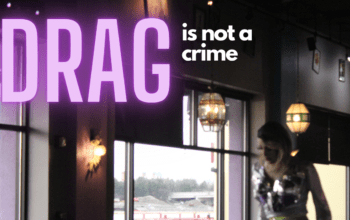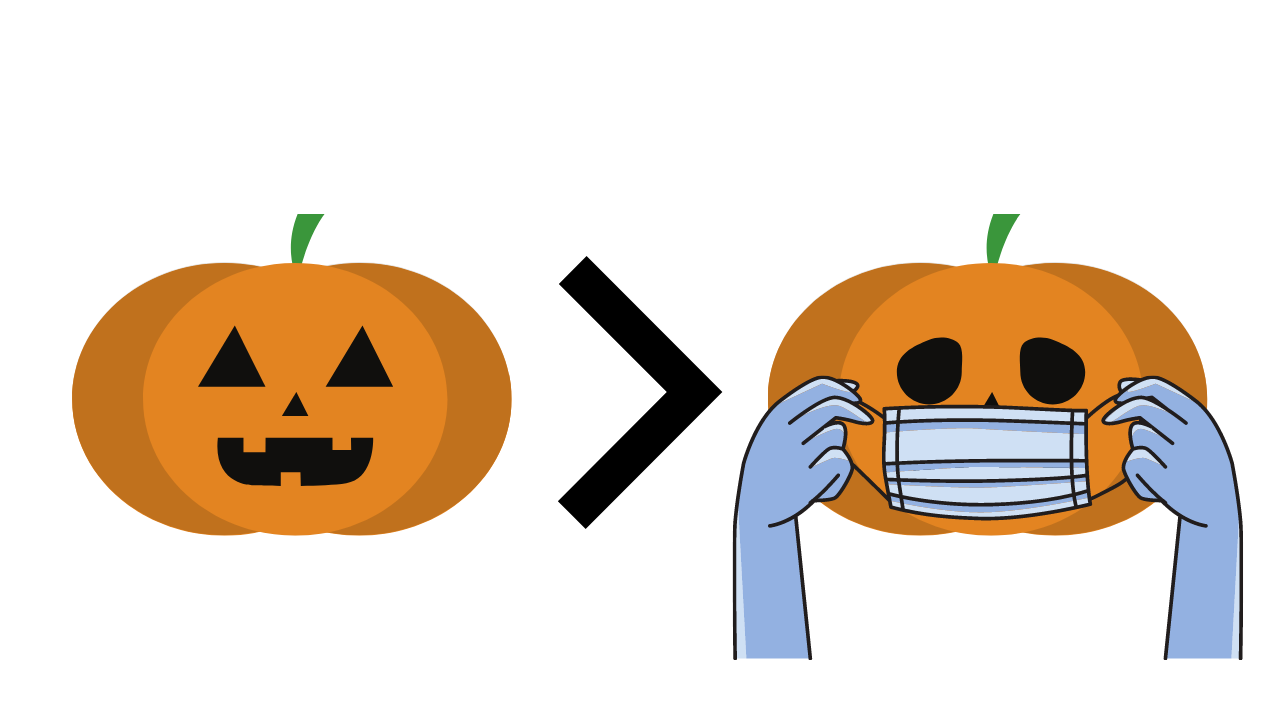By Chelsea Fisher
eSomethin Editor-In-Chief
Many students at the high school have a problem with the dress code, and many of those students, including myself, have been “dress-coded” in the past. Dress codes in and of themselves are not the issue, but the ambiguity and way they are enforced can be problematic.
Our dress code is written out in the handbook as follows:
“Dress and grooming for the students of PHS is an individual family matter as long as the dress code and common rules of health, safety, and decency are maintained. Moreover, clothing that distracts from the daily educational process is not appropriate. The dress code is in effect during the regular school day and appropriate clothing is expected during extracurricular events. Violation of the dress code will result in discipline according to the Student Behavior Code,
1. Shoes must be worn at all times. No slippers should be worn to school.
2. No hats, or bandanas, or the like. may be worn in the building during school hours. Hooded
sweatshirts are allowed, but the hood must be worn down.
3. Student’s dress/appearance including length, style, skin exposure, etc. should be appropriate for a high school educational setting. Micro mini skirts and short shorts are not permitted along with midriff tops. Shorts should measure at least 3 inches from the inseam (the inside of the shorts leg seam).
4. Clothing with offensive language, graphics, and drug, alcohol or tobacco related references
will not be permitted.
5. Chains are not permitted as well as jewelry/accessories with spikes, points or sharp edges.
6. No student shall be permitted to wear or display any clothing, jewelry, insignia, or other items,
which identify a student as a member of a gang or symbolize support of a gang.
Any student whose appearance is considered unhealthy, unsafe, unclean, disruptive or inappropriate shall be sent to the office or asked to remedy the problem. At the administrator’s’ discretion, students may be required to wear T-shirts inside out, issued a disciplinary action and/or contact parents to bring in appropriate clothing. If parents are not available, students will be removed from the regular class setting until appropriate clothing is available.”
The problem with this writing is that “Student’s dress/appearance including length, style, skin exposure, etc. should be appropriate for a high school educational setting” is so open to interpretation it is almost impossible to decipher.
Appropriate is defined as “suitable or proper in the circumstances,” but what does that mean? Appropriate to one student is different from the next; their appropriate is most likely different than administration. A senior’s appropriate attire is different than a freshman’s. Things like culture and religion also factor into what a person deems appropriate.
While a student gets dressed in the morning, they look in the mirror and interpret their outfit as either appropriate or not — not how another person may view it. Each teacher most likely also has a different view of what is or is not appropriate, meaning you could be allowed to wear something in one classroom but not the other. A student could think they are following the dress code but a teacher could say they aren’t, making it difficult to even follow the rules. Tank tops or short dresses should not be viewed as inappropriate, offensive, or disruptive. The only thing that is disruptive is to pull a student out of class into the office and either force them to change or “issue a disciplinary” action for showing their skin.
Other editorials on eSomethin:
[posts template=”templates/list-loop.php” posts_per_page=”6″ tax_term=”885″ tax_operator=”0″ order=”desc” orderby=”modified”]





